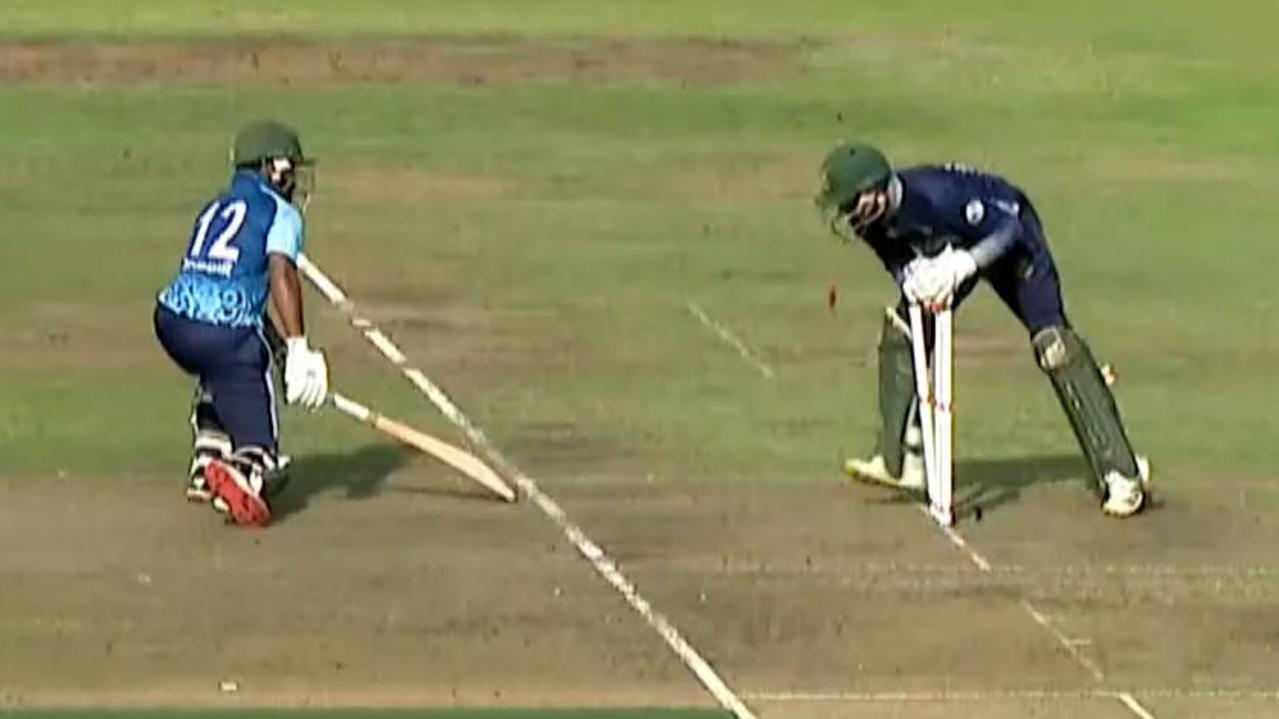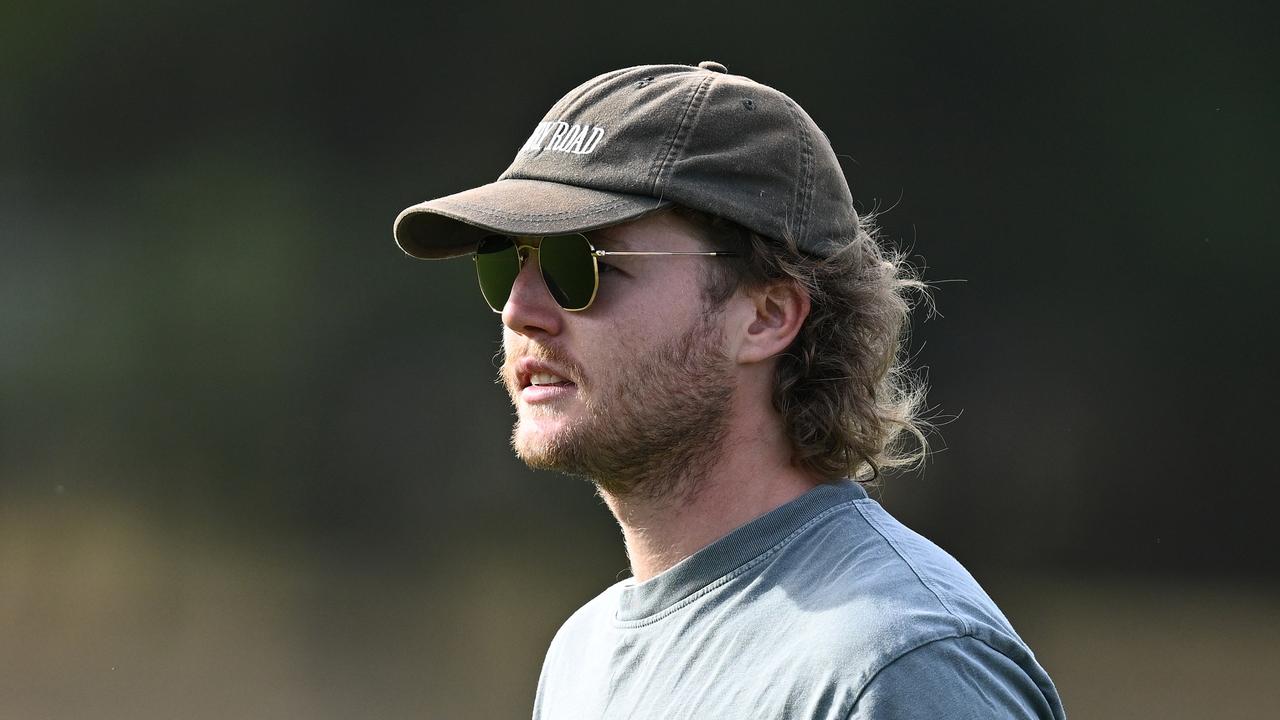Australia needs to be bold and appoint Steve Smith captain for the India series, writes Robert Craddock
IF Australia believes Steve Smith is a Test captain in waiting why not give him a taste of the job at the Gabba next month, asks Robert Craddock.
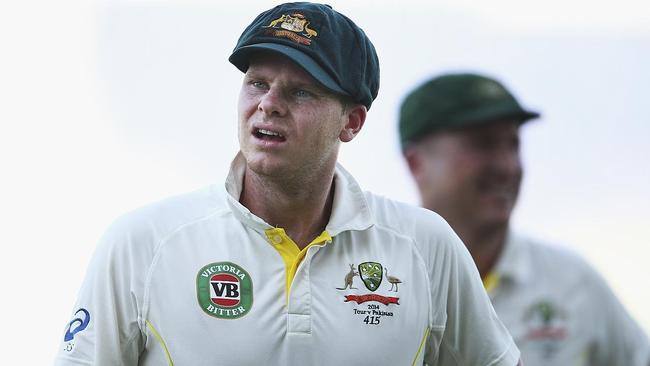
Cricket
Don't miss out on the headlines from Cricket. Followed categories will be added to My News.
COME on Australia. Be bold.
If Australia believes Steve Smith is a Test captain in waiting why not give him a taste of the job in the Test series against India starting at the Gabba next month.
What does it really achieve asking a 37-year-old Brad Haddin to fill in for Michael Clarke whose future is suddenly foggier than a Yorkshire winter?
Haddin, as excellent as he is, will be gone within a year and has his own problems with injury.
Australia must not waste a rare and precious chance to inject some experience into the man most likely to assume the throne long term.
If Smith stumbles a few times, write it off as the precious experience you can only get doing the job.
Leadership discussions tend to become too bogged down with birth dates yet history tells us youth has its virtues.
New Zealand’s Steve Fleming, one of the best Test leaders ever, took the role at age 23.
South Africa’s Graeme Smith, the most successful Test captain of all time, steered his team from the vipers den of corruption inquiries to the top of the world after starting at age 22.
These impressive characters grew from boys to men into the job and were so suited to the role it was actually a bonus for them to start so young.
Steve Smith is 25 — not young, not old but old enough if good enough. When Greg Chappell became captain at 26 everyone thought the timing was perfect.
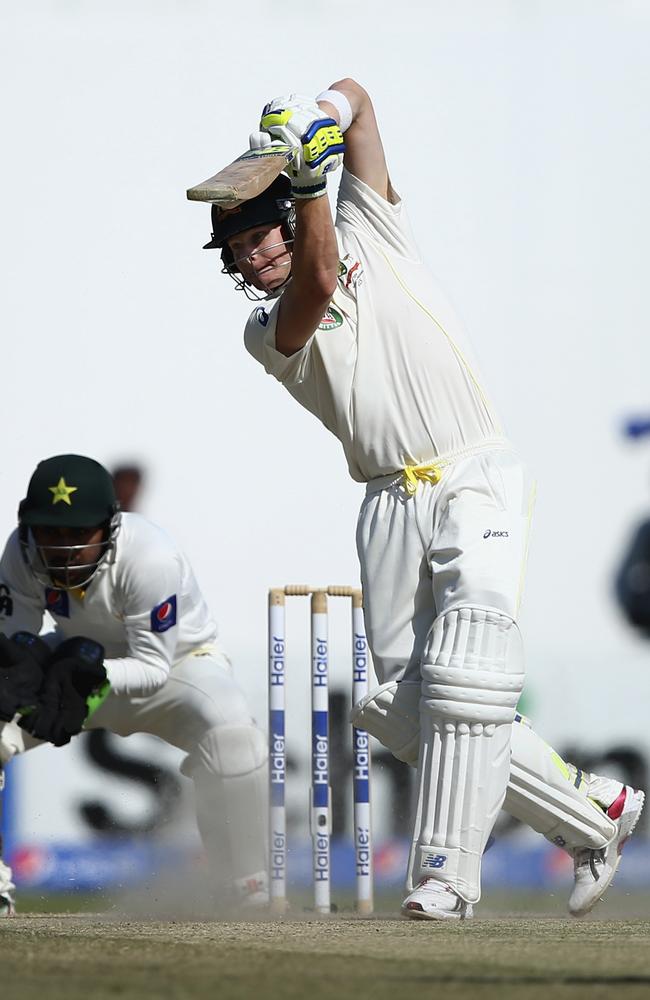
It’s easy to say Smith is not ready for it but who ever is?
Many of Australia’s greatest leaders took wobbly steps when they initially became the first man through the gate.
Steve Waugh spent years mentally preparing himself for the captaincy but was stiff and curiously unconvincing early before blossoming into a leader of note and statesman of the game.
Allan Border admits he initially wasn’t ready for it but grew to embrace it and he impressively led Australia from the rugged mid-1980s to No. 2 in the world.
Recently I asked Kim Hughes was he ready for his first stint as Australian captain when he took over after the World Series debacle at 25, the same age as Smith.
Hughes burst out laughing. “Are you serious — of course I wasn’t?’’ he said. “I think I’d captained one match in my life.’’
But times have changed since poor Hughes was fed to the lions.
Back then Australia had no coach — now they have four — and no media manager to protect the captain from a demanding outside world.
Leaders are often hard to find in the modern sporting world because players have not generally been moulded by occupations outside the game and are happy just to concentrate on their own form without the pressure of captaincy.
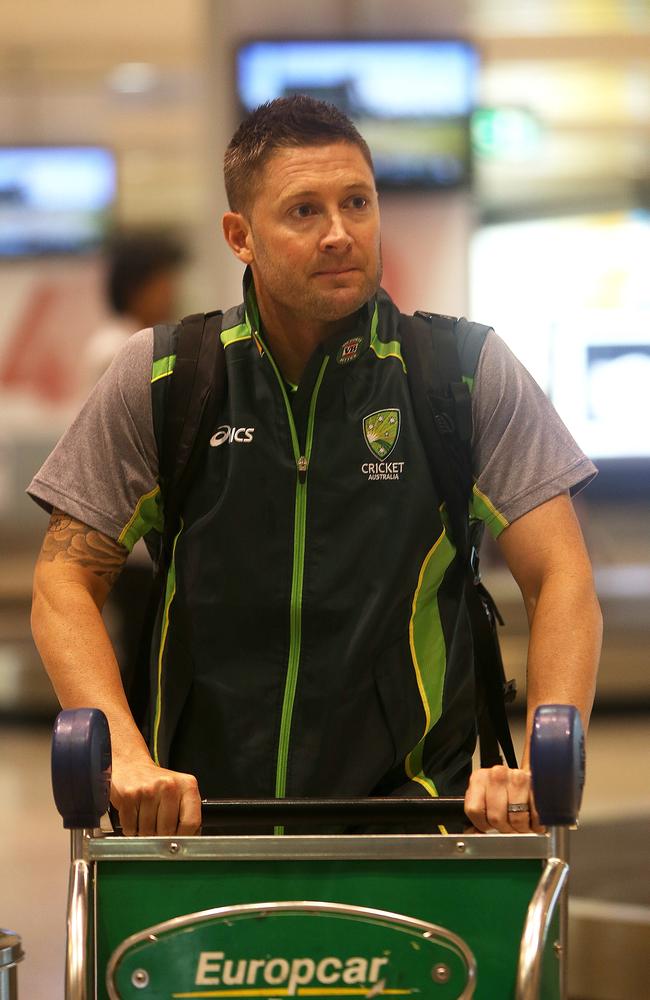
Australian captains have included the positions of accountant, dentist, grazier, postman, schoolmaster, bookmaker, plumber and investment consultant all of whom brought outside experiences to the job.
These days it’s hard to tell who is a decent leader until they become one, sometimes sooner than they think.

